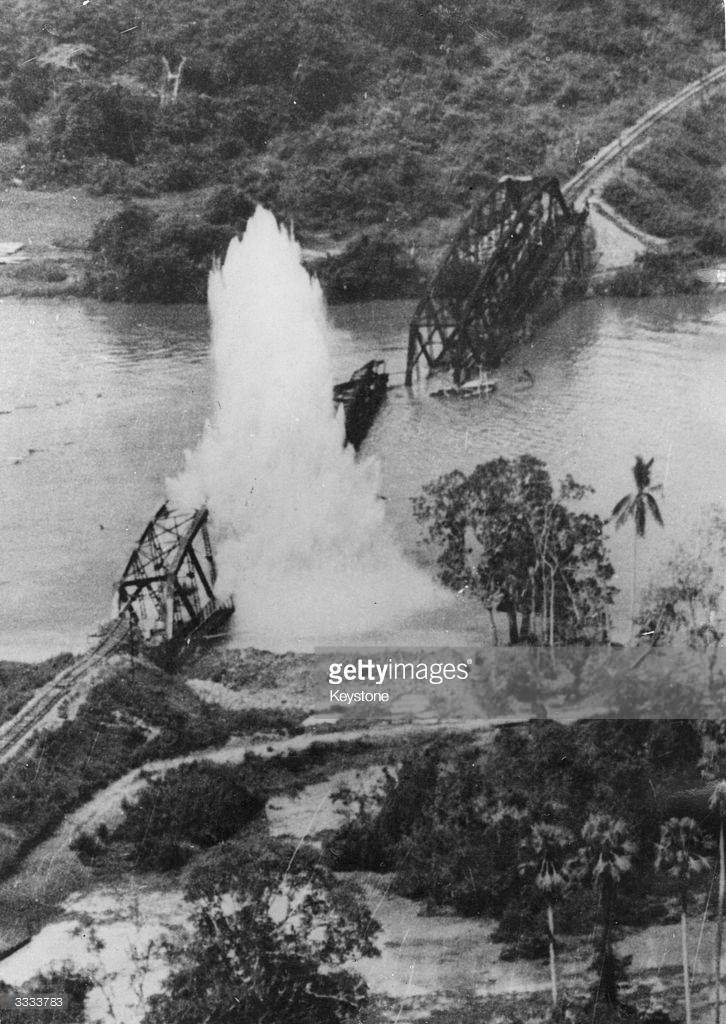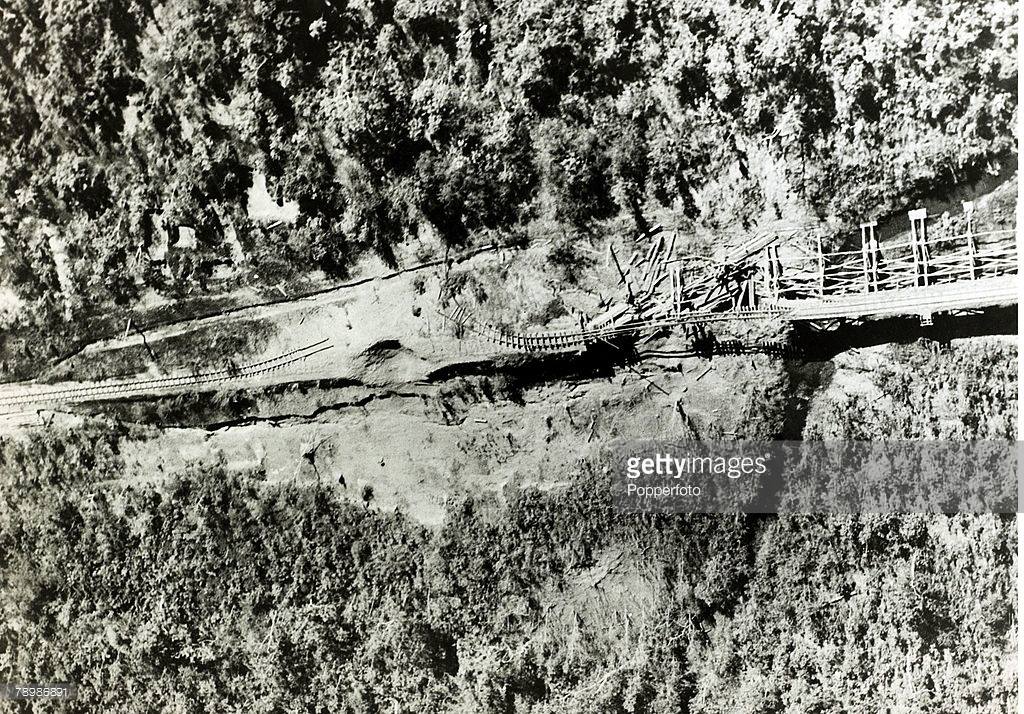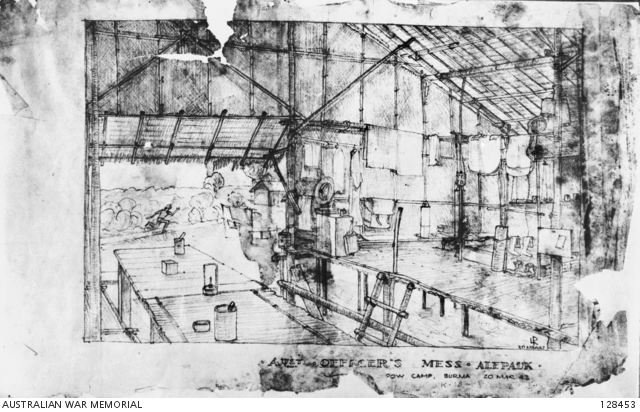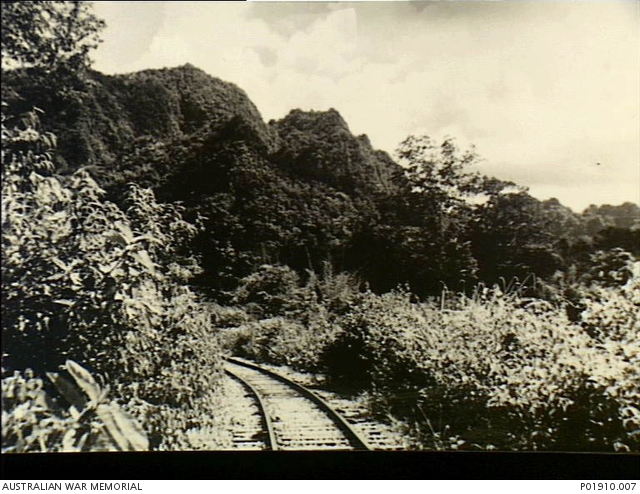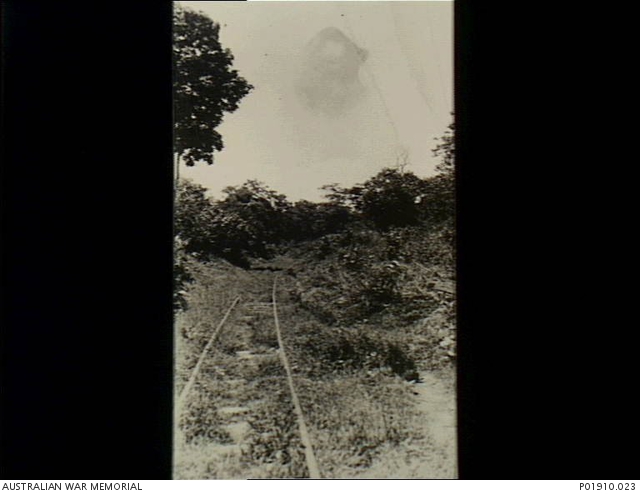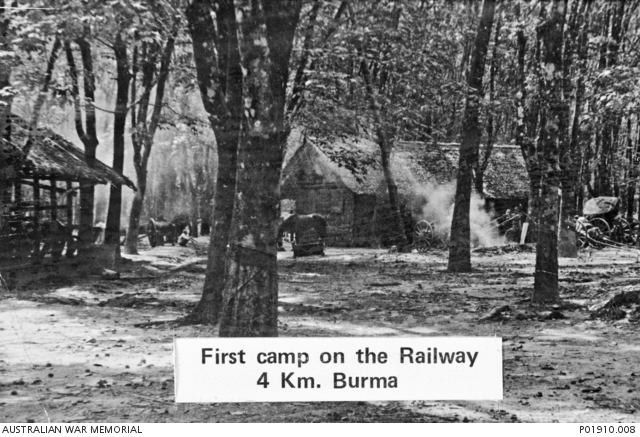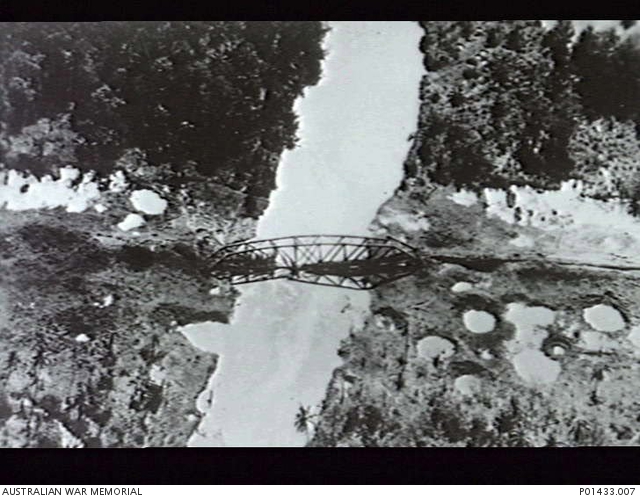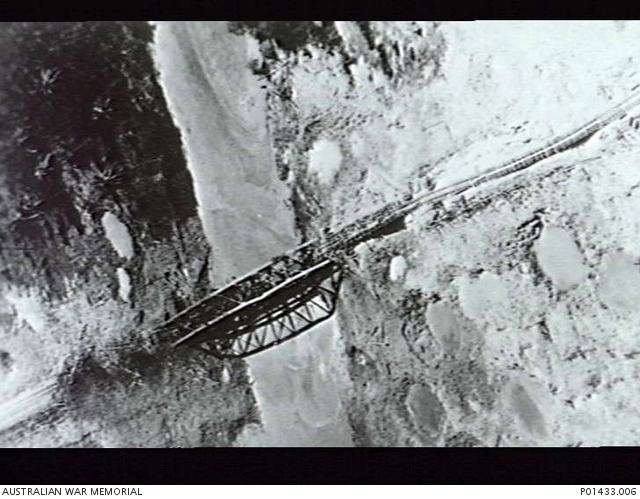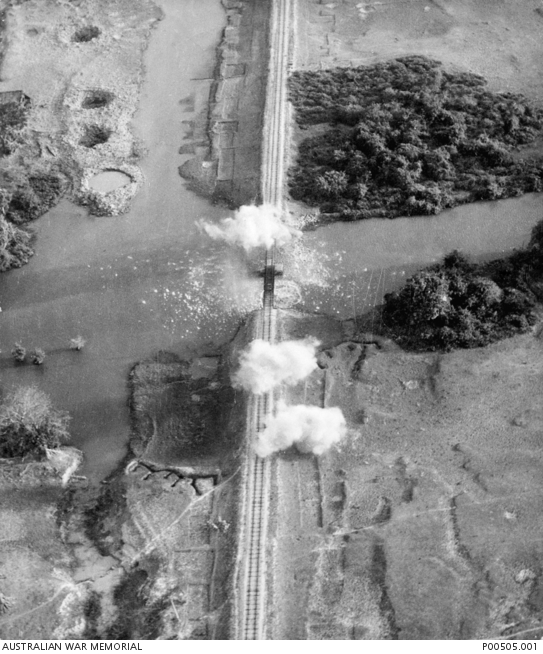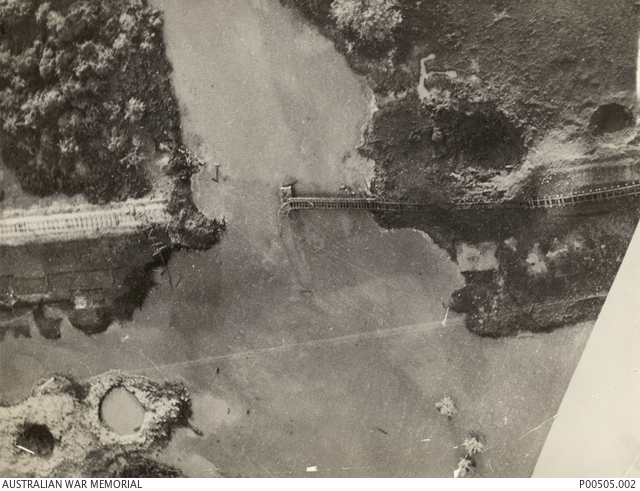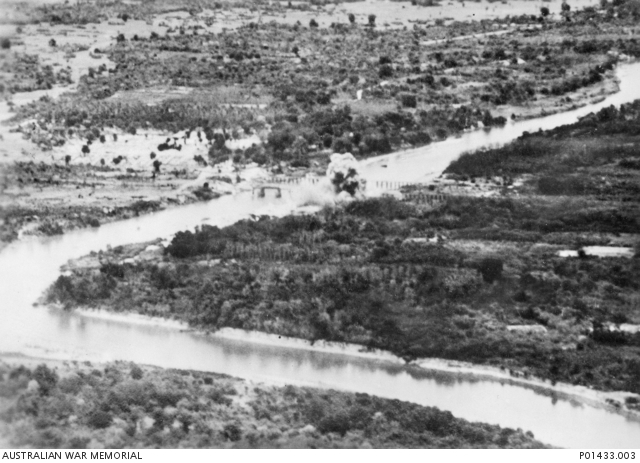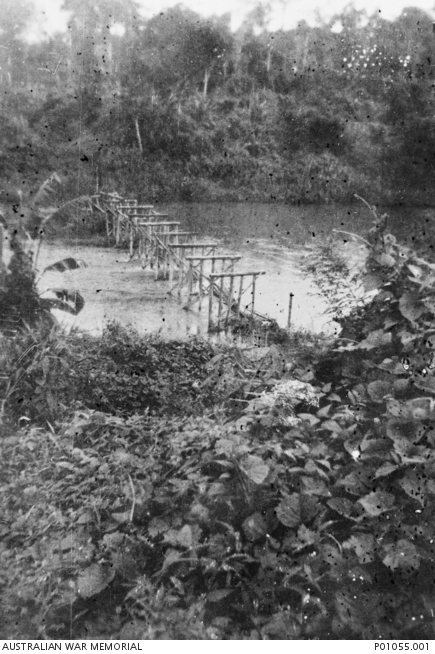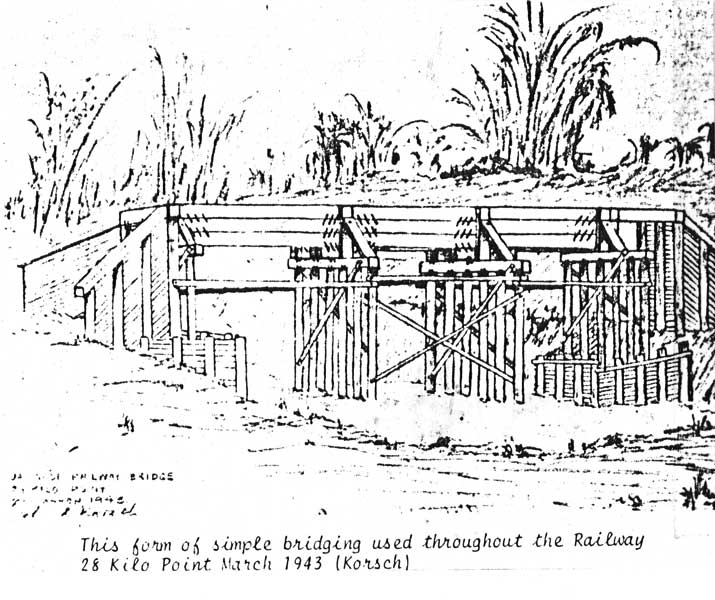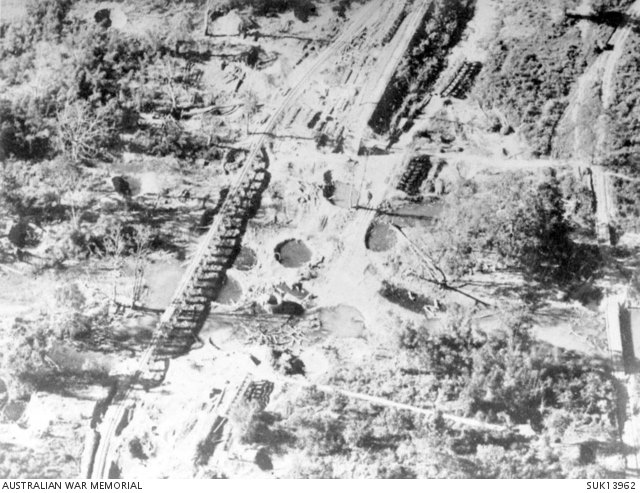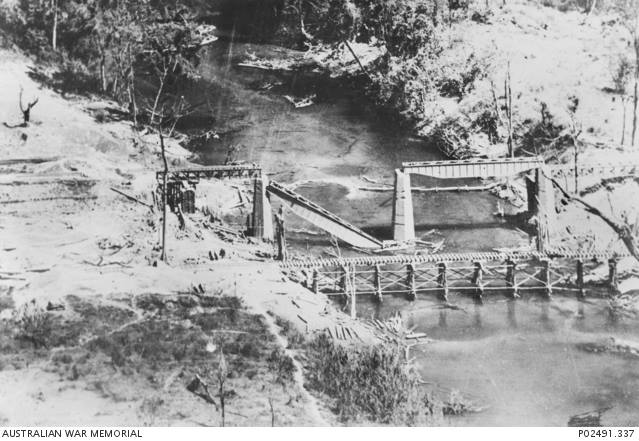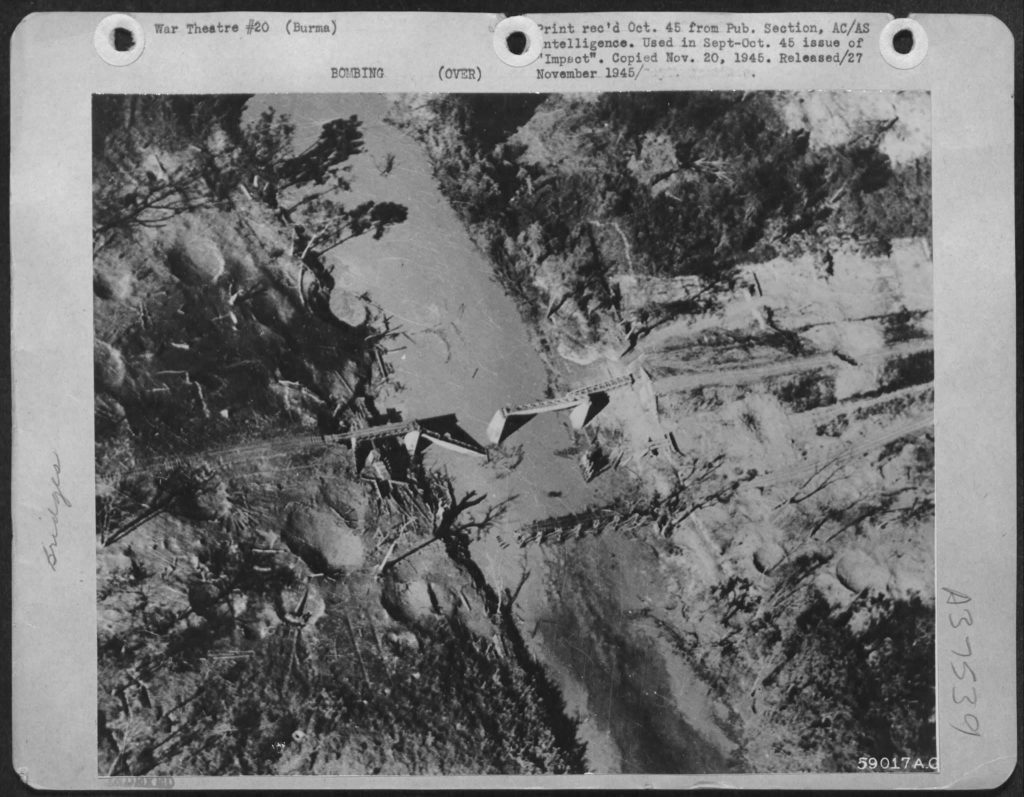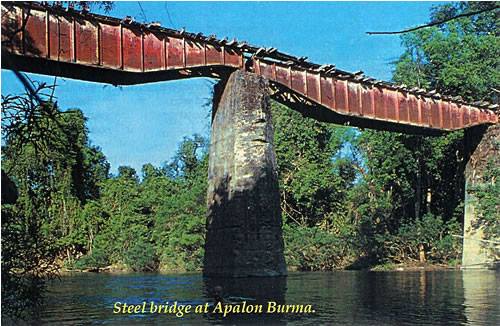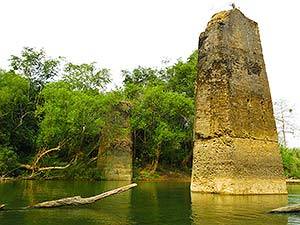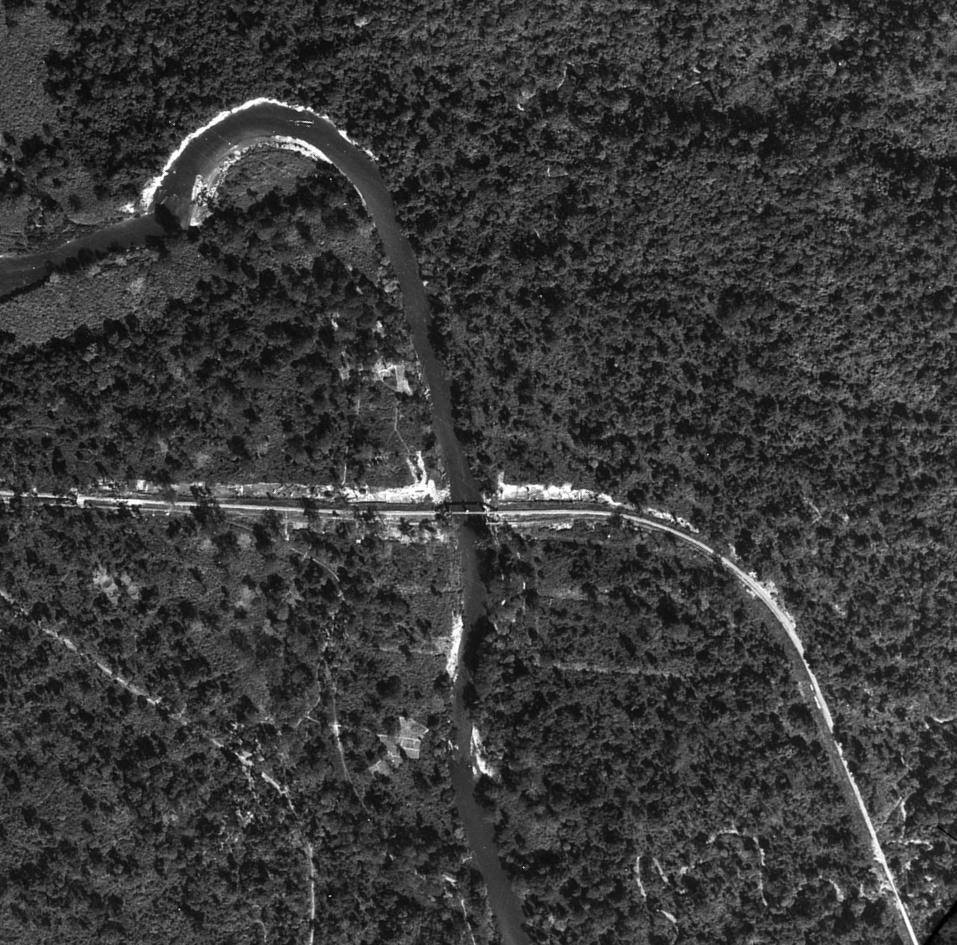JULY 2022 Update:
I am struggling with the timeline of the TBR build in the Burma Sector. We seem to have four groups and their timelines that do not mesh well.
Reportedly, construction began at Thanbyuzayat by Burmese ‘hired workers’ in June 1942. They are said to have completed the first 50+ Kms of that sector[1]. On the Thai side, Thai ‘hired workers’ are said to have completed the 50+Km link from NongPlaDuk to Kanchanaburi in less than 2 months. The terrain in Burma is supposedly similar to that in Thailand.
Yet, the Fitzsimmons Party arrived in NOV 42 and were deposited at Kilo 18. They claim to have participated in some TBR construction before being used more as stevedores in the Railyard than construction workers. Per the OH 1295 interview of Lloyd Willey, the basic fill construction was completed up to Kilo 62, but no track had been laid until the US Fitzsimmons Party arrived.
So this begs the question of how fast and far the Burmese crews had gotten between June and November. Perhaps it was question of lacking the necessary equipment. The moving of dirt was easy enough, but the ties and rails had to come from somewhere. I speculate that the Burmese did the literal ‘ground’ work and that the POWs laid the rails some time later. So in that sequence, the Burmese would not have completed a useable portion of the TBR over a 50 Km stretch. In the Thai Sector, by NOV 42, the entire 9th Railway Rgt had moved to Kanchanaburi using the rail line that the Thais had completed. It turns out that most of the rail sections used in this portion of the railway were looted from Malaya. That likely explained the disconnect between preparing the right of way and actually laying the tracks.
The Tharp Party did not arrive until JAN 43. Yet, they too report going first to Kilo 18 area and possibly doing some construction work there as well. What could have been left to do there after 6 month? Soon thereafter, the Tharp Grp moved into the Burmese Highlands and seemed to have been mainly employed in bridge construction. We also know that the largely Australian Williams and Anderson Forces were operating in the same area. Perhaps they were responsible for the basic TBR construction and then the Tharp Grp followed to build the needed bridges.
As construction progressed in Burma, the crews moved deeper into the highlands. The Tharp Grp moved steadily along the TBR jumping 20 or so Kilos[2] at a time. They eventually crossed the border into Thailand. They were there when construction was completed in OCT 43. By that time, the Fitzsimmons Party has also moved into the highlands[3]. Both remained there until about Jan 44, before they were moved to Kanchanaburi. The Tharp Grp report that in those latter months, they largely were employed as wood cutters to supply fuel for the locomotives.
Much of the information about the location of the various crews comes from survivor accounts. These are accurate to a point, especially when the location and work demand changed dramatically, but they are often suspect as to the chronological progression. Seemingly, the total number of POWs and romusha in the Burma Sector[4] was much smaller than in the domain of the 9th Railway Regiment.
[1] Per IJA Railway Engineer, Futamatsu
[2] We can track their movements by the place and dates of death. The sickest men were most often moved retro-grade but it supports the concept that they were moving deeper in the mountains.
[3] Also tracked by the place and dates of death.
[4] Overseen by the 5th Railway Regiment.
The following chart gives an idea as to where the TBR deaths occurred in the 3 TBR US groups:
| Nov-42 | Jan-43 | Apr-43 | Jun-43 | Jul-43 | Aug-43 | Sep-43 | Oct-43 | Nov-43 | Dec-43 | Jan-44 | KAN | total | |||
| Fitz | arrival | 30 KILO camp | 1 | 1 | 2 | ||||||||||
| 114 KILO camp | 3 | 3 | 6 | ||||||||||||
| 133 KILO camp | 1 | 1 | |||||||||||||
| Fz at KAN | 4 | 4 | |||||||||||||
| Tharp | arrival | 80 KILO camp | 3 | 1 | 5 | 6 | 21 | 5 | 8 | 1 | 50 | ||||
| 100 KILO camp | 1 | 2 | 4 | 17 | 17 | 3 | 3 | 6 | 53 | ||||||
| TH at KAN | 1 | 1 | 8 | 10 | |||||||||||
| TH-BURMA | 1 | 1 KIA | 2 | ||||||||||||
| HINTOK | arrival | 1 | 2 | 3 |
The sickest men were usually concentrated into ‘hospital camps’ which were some Kilometers behind the point of current construction but the chart shows how few men died in the Lowlands versus the Highlands camps, and especially during the Speedo period (MAY-OCT 43). CPL WILSON was the only US POW not to die of disease or deprivation. He was KIA in Thanbyuzayat in an Allied bombing in June 43.
All tallied, the Tharp Party suffered 105 of the 131 deaths while working the TBR; the vast majority during the Speedo period. Fourteen deaths (4 Fitz & 10 Tharp) occurred after the consolidation to Kanchanaburi; mainly due to the continuing effects of their TBR time rather than any new infections or events.
==========
The Burmese portion of the TBR was under the command responsibility of the Railway #5 HQ group. In many ways this area mirrored that on the longer Thai side. In each portion of the TBR the first 50 or so Kms ran over flat open terrain over which rails were laid fairly easily and quickly.
The mountainous area that forms the Thai-Burma border presented many of the same problems for the engineers on both sides. The primary difference being that there was a more gradual rise into the mountains on the Burmese side that did not require the switch-backs as in the Hintok area. Logistics on both sides of the border were always an issue; except that Burmese-side relied solely on overland transport of goods while the Thai-side had the luxury of the river.
All of the Burmese rivers ran north to south across the path of the railway. This required the building of four of the largest bridges on the TBR in Burma. The US POWs participated in the construction of some of these.
The Fitzsimmons Party spent much of its TBR time in the ‘lower’ area nearer Thanbyuzayat in the 18 to 25 Kilo area. The main body of US POWs under LTC Tharp worked in the highlands area in the 80 – 110 area and were later sent to a wood cutting camp just inside the Thai border before all were consolidated to the Kanchanaburi area camps.
Almost all of the POWs (of all nationalities) who worked in the Burmese Sector were laboring in Thailand at the time of the joining ceremony in OCT 43. Since they were the farthest from ThaMarkKam, it took some weeks for them to be moved out of the jungle. Even so, ARMY 1LT Ila Hard tells us in his oral history interview (OH 510; Univ of North Texas) that he and group of US POWs volunteered to stay behind at the 105 Km area (Nike) as a wood-cutting and railway repair crew. Seemingly, they were lured by rumors that the Allied armies were planning to liberate Burma from Japanese control in 1944. They thought that they had a chance to be freed from captivity as the Japanese were thrown back. Knowing of the plans of the IJA to ‘liquidate’ the POWs if any imminent invasion of SEA was apparent, it seems more likely that the retreating forces would have murdered them than allow them to remain in place for liberation.
The Burmese and Thai Sectors differed in one major way: the vast majority of the romusha worked the Thai Sector. In the Burma Sector, the Asian Forced Laborers (AFL) were almost exclusively native Burmese and associated Hill Tribes (Mon, Karen). It is estimated that there were somewhere between 100 and 150,000 AFL in the Burmese Sector, but due to desertion there were never that many at any one time. The majority of the romusha arrived by train from Malaya and Singapore into the Thai Sector. They worked mainly in the camps west of Hellfire Pass.
A Commonwealth War Graves Commission cemetery and museum are also maintained at Thanbyuzayat but due to its remoteness and Burmese Visa requirements, it is rarely visited.
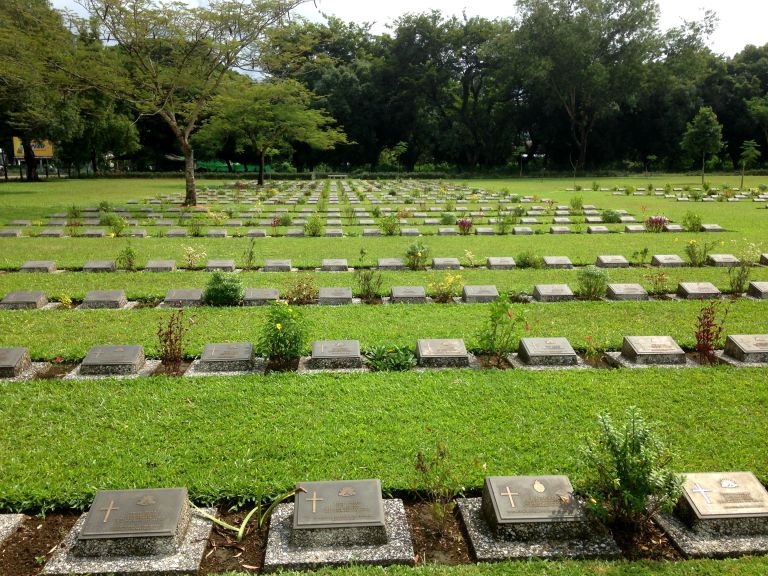

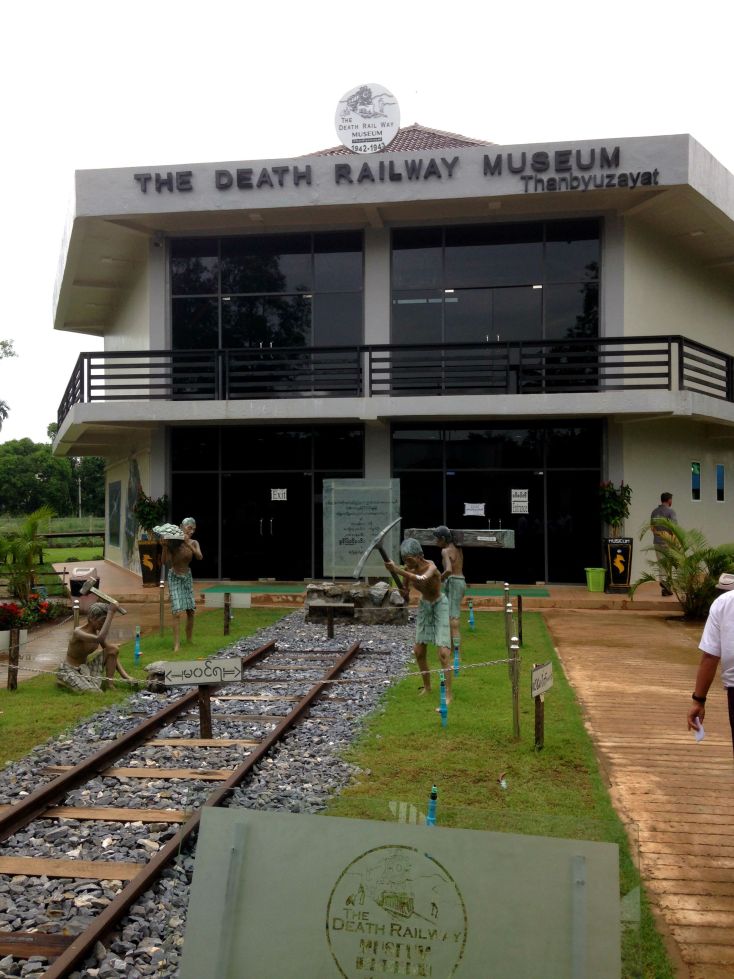
This YOUTUBE video gives brief glimpse of the privately-run museum:
Unfortunately, none of the on-line references that I have found even acknowledge the presence of the US POWs in this portion of the TBR.
====================================
This gallery of photos are mainly from the on-line posts of the Australian War Museum but do not identify the exact site.
